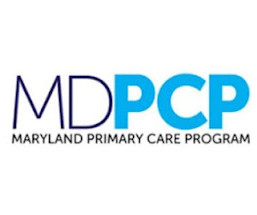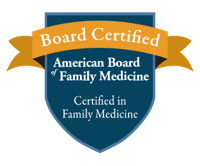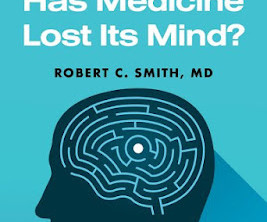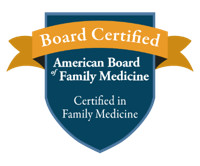Maryland's Primary Care Program: incremental progress or breakthrough?
The Health Policy Exchange
SEPTEMBER 2, 2020
Our residency, formerly a collaboration with Providence Hospital, is now known as the Medstar Health/Georgetown-Washington Hospital Center Family Medicine Residency Program. - Kenny Lin, MD, MPH Much has changed in the past six years since our last Health Policy Journal Club at Georgetown. Phillips, Jr.












Let's personalize your content